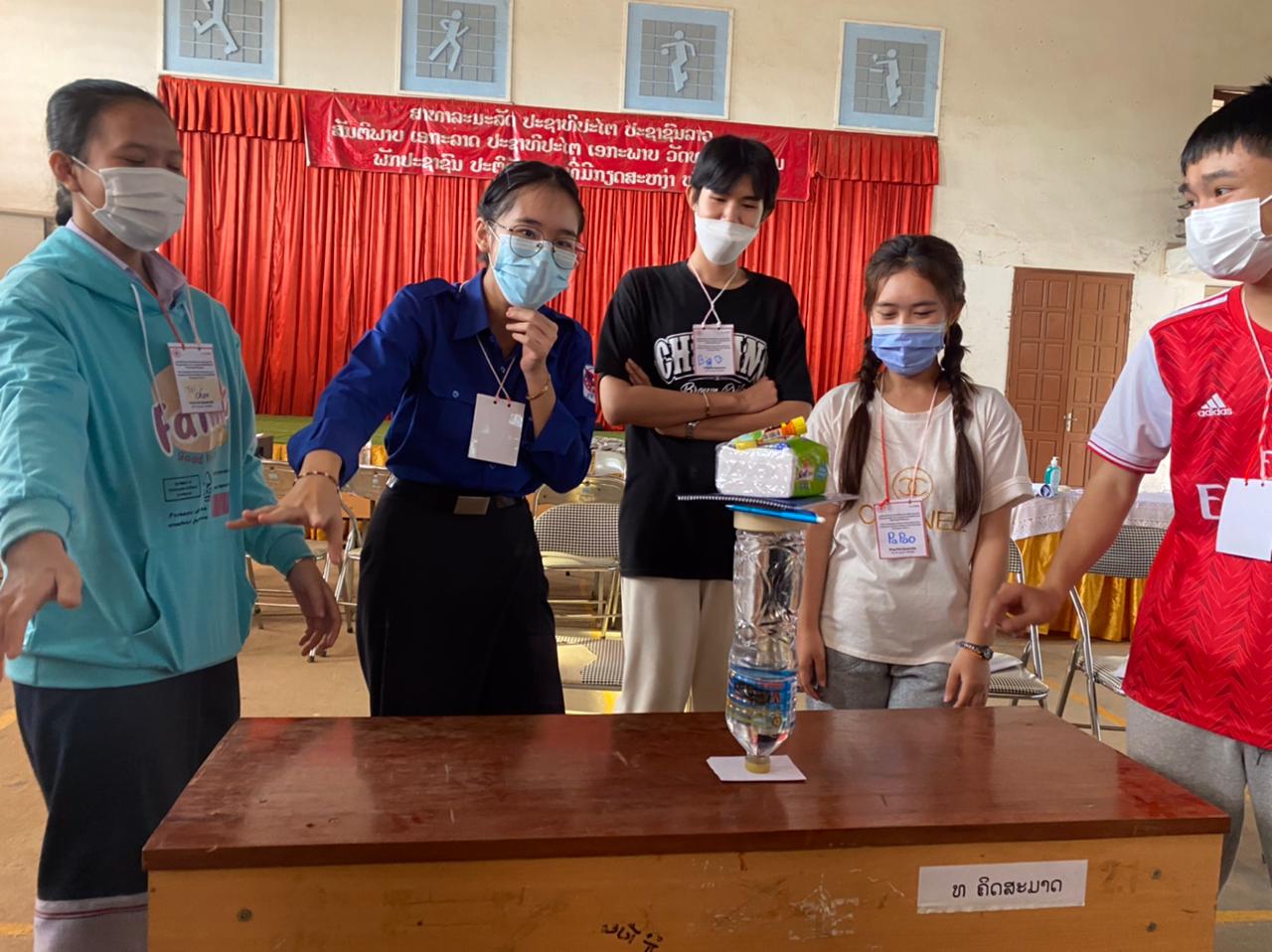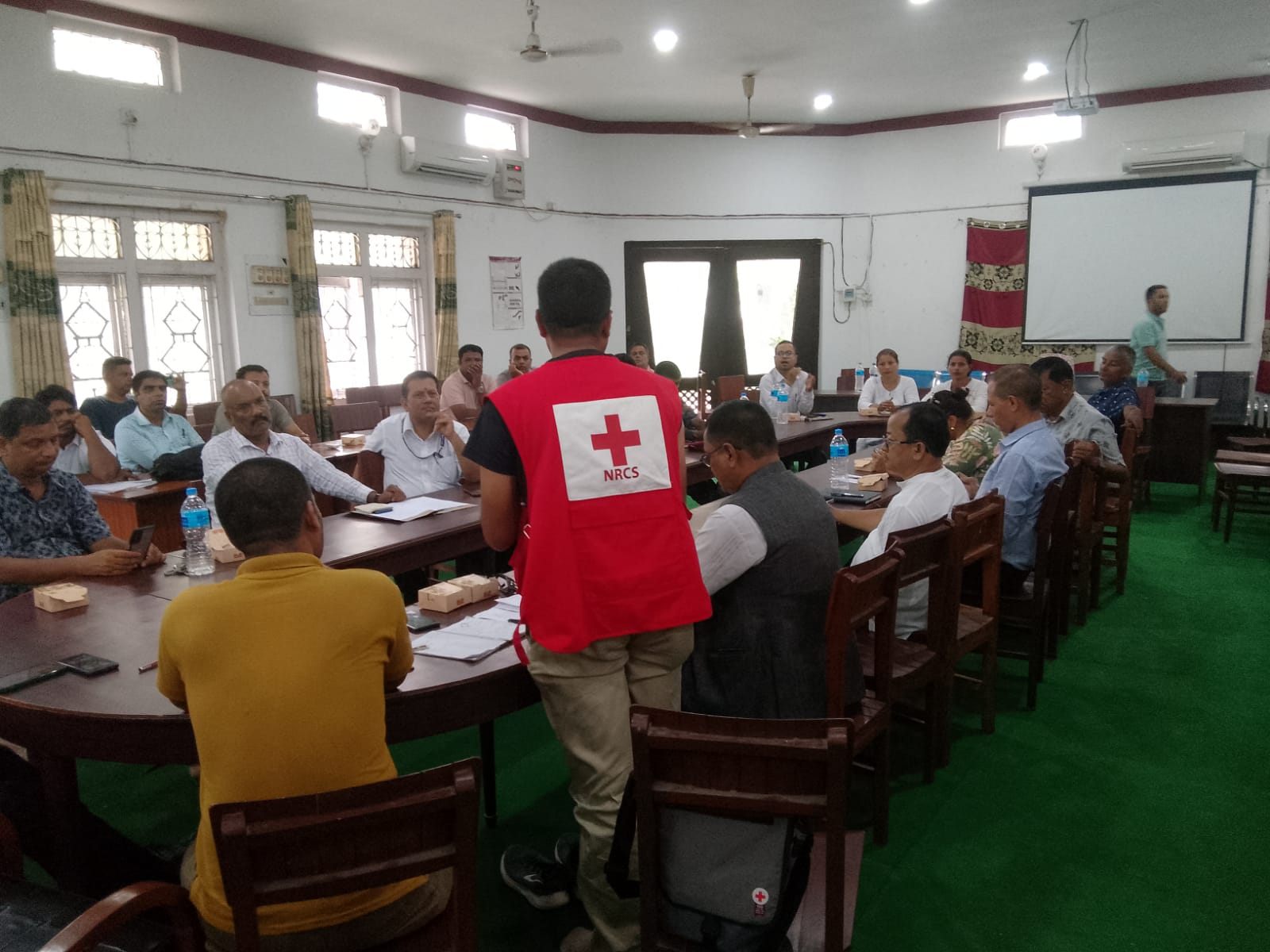Empowering Communities, Influencing National Change: The Mexican Red Cross’ Approach to Flood Resilience
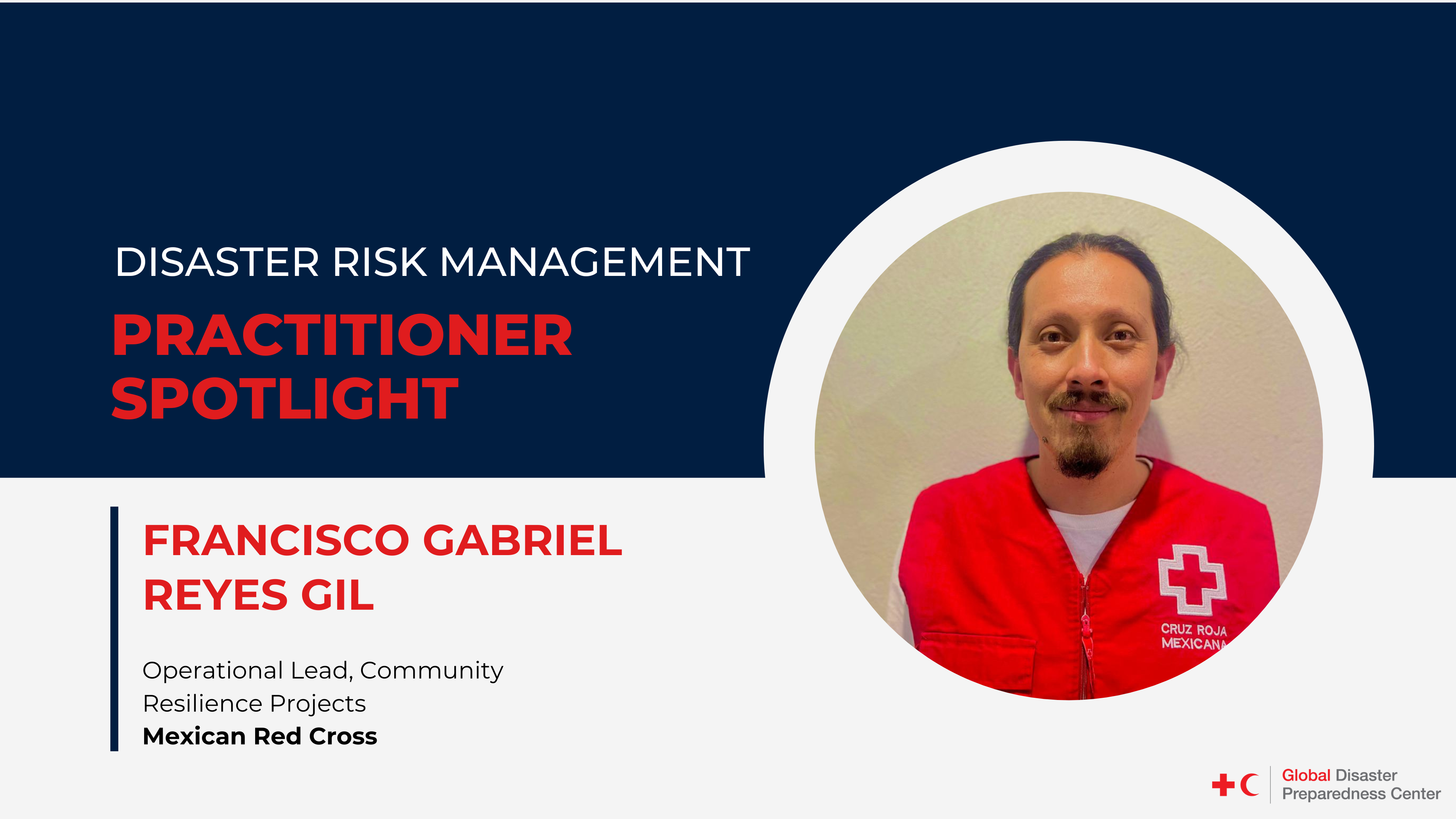
Leading the way in strengthening community resilience, the Mexican Red Cross is at the forefront of impactful disaster preparedness and risk reduction initiatives across the country. In collaboration with the International Federation of Red Cross and Red Crescent Societies (IFRC), in 2023 the Mexican Red Cross celebrated 10 years of implementation of the Flood Resilience Program, which has made significant strides in empowering communities and influencing national DRR policies.
In this DRM Practitioner Spotlight interview, Francisco Gabriel Reyes Gil, Operational Lead for the Flood Resilience Program at the Mexican Red Cross, shares insights from his decade-long journey in the field, from his early days as a volunteer to his current role leading the Flood Resilience Program. Discover how the Mexican Red Cross is scaling up its community-based approach, fostering local action, and collaborating with diverse stakeholders to build a more resilient Mexico in the face of growing climate risks.
Overview of Work
Can you tell us a bit about yourself and your current role at the Mexican Red Cross?
During my time as a student, I worked as a volunteer at the Mexican Red Cross in Colima, where I supported in the development of monitoring and situation reports during the hurricane season, which in Mexico runs from May to November. After finishing my degree in Environmental Science and Risk Management, I formally joined the Red Cross Movement and participated in the operational activities to deliver humanitarian aid after hurricanes Ingrid and Manuel in 2013.
My experience in humanitarian operations and my academic preparation, together with a strong conviction that preparedness actions can be carried out at the local level so that families and communities do not lose their lives, property and livelihoods and can maintain their development, led me to join the Flood Resilience Program in Mexico, a program led by the Mexican Red Cross. As a community technician in the state of Tabasco, I was involved in the training of community flood preparedness groups and community organization, among other activities.
Today, most of my responsibilities are related to leading and operationalizing the Flood Resilience Program in Mexico, which forms part of the Zurich Flood Resilience Alliance. My primary role is to lead the operation and coordination of teams in two states: in Tabasco with a focus on local and family level actions, and in San Luis Potosi with an approach aimed at strengthening institutions involved in flood preparedness and resilience work.
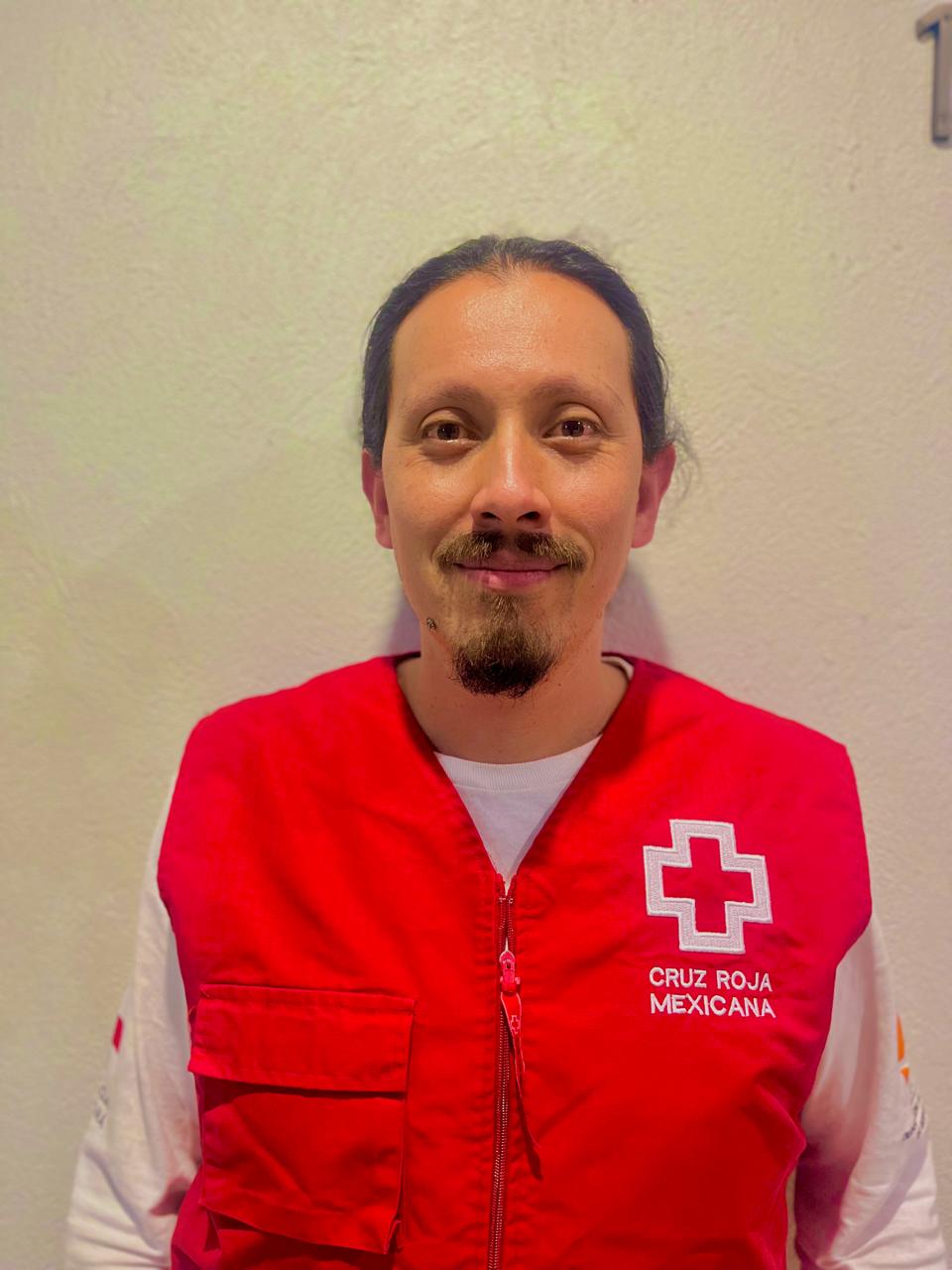
Tell us more about the work the Mexican Red Cross does in terms of disaster preparedness and risk reduction?
In 2022, the Mexican Red Cross established the National Disaster Risk Reduction Program, which seeks the implementation of diverse projects ranging from disaster recovery, DRR awareness raising in communities and schools to long-term projects to strengthen the organization of the population. The projects and initiatives nested under this program have generated community resilience in the face of multiple hazards, primarily floods, earthquakes, hurricanes, and volcanic eruption. The Flood Resilience Program in Mexico falls under the umbrella of the National DRR Program.
As an advisor to this broader Program, my job is to train staff and volunteers who will implement community preparedness actions, to integrate or develop tools based on the experience of the projects and to exchange knowledge with other working groups.
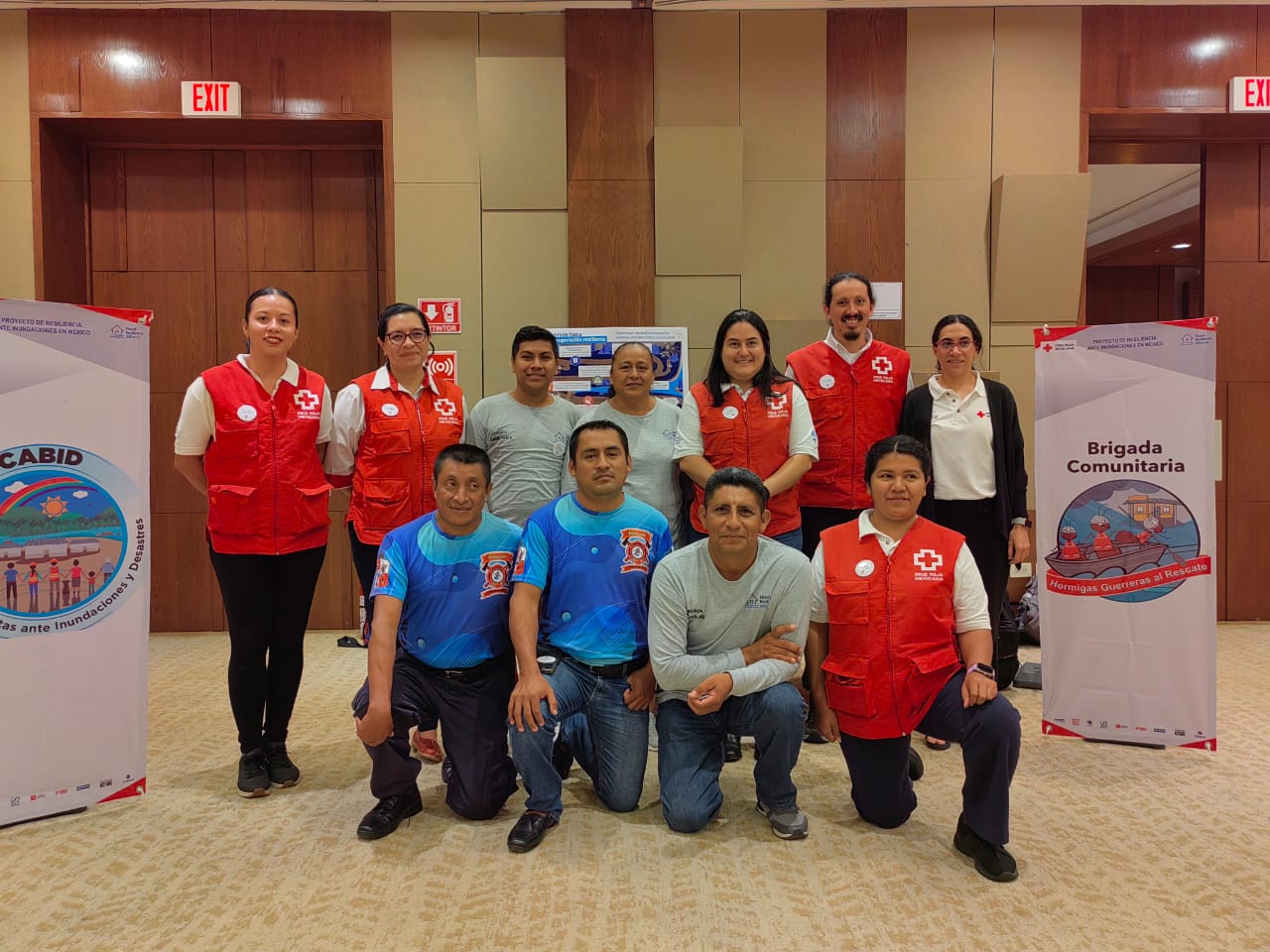
Do you have a dedicated team that focuses on preparedness/DRR?
The National Disaster Risk Reduction Program includes a core team that specializes in disaster risk reduction and more specifically in methodologies including community measurement and evaluations, health in disasters, the formation of community brigades, community micro-projects, anticipatory action and community education.
Additionally, we are in the process of expanding our network to integrate DRR reference points from local Red Cross branches across the country. In this way, the National Program both implements large-scale resilience programs and strengths capacity and provides tools to empower the wider Red Cross movement in Mexico to undertake resilience actions within their local context.
What current project or initiative do you find especially exciting or impactful? What makes it so?
One of the flagship resilience programs led by the Mexican Red Cross is the Flood Resilience Program. For more than 10 years, the Flood Resilience Program has achieved considerable impact in local communities as part of the broader Zurich Flood Resilience Alliance; a multi-sectoral partnership bringing together actors in the humanitarian, research, and private spheres to strengthen climate resilience across 25 countries.
In Mexico, we have contributed to strengthened community resilience in the states of Tabasco and San Luis Potosi through several approaches that range from increasing risk awareness, fomenting household and community capacities and organization, facilitating sector-based action through schools and health centres, among many others. In particular, one of the most impactful interventions has been the strengthening of the preparedness, prevention, management and response capacities of community brigades. Community brigades are local community groups formed, trained, and equipped to prepare for and respond to emergencies and disasters in their communities. We have observed that this approach has had a significant impact on communities by increasing social cohesion and local organization, expanding capacities, empowering local action and leadership, and strengthening connections between local populations and authorities.
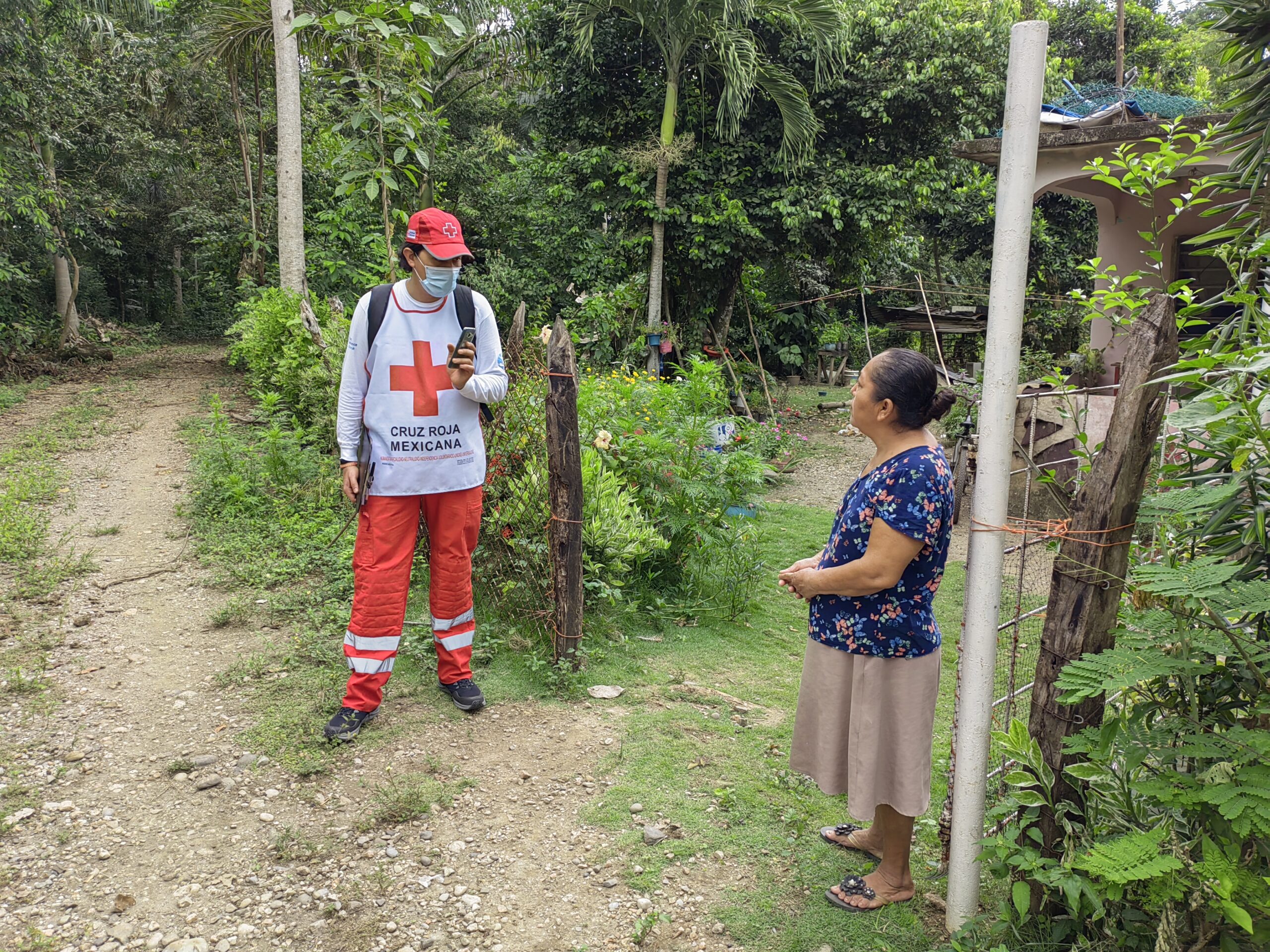
At-Risk Communities
What are the main challenges that the communities and individuals you work with face when it comes to disaster preparedness?
In my experience, one of the key challenges for communities is competing priorities. The reality is that collective community needs, such as flood resilience, compete alongside the day-to-day pressures and priorities of individuals and families within the community. More specifically, the issue of preparedness and risk reduction can sometimes fall behind priorities that are perceived as more urgent, such as family income - personal, education, health, etc. As a result, people often do not always dedicate sufficient time to training, which involves a gradual process of awareness raising and constant accompaniment. Working in DRR and resilience, we must be aware and empathetic of this situation. Our activities can be most effective when we can understand the co-benefits they can have for the community, even outside of the context of flooding.
How well prepared are communities to meet these challenges? In your view, what could equip them better and strengthen their resilience?
Each community has different strengths and gaps related to resilience. Individual and collective knowledge about risk is often developed through exposure to floods and other hazards and can be taken into account by younger generations, however, even where the same people have lived in an area for many years, we have seen that the context can change. Resilience initiatives can integrate this retrospective knowledge in order to project potential changes in local climate patterns and the corresponding impacts. With access to different media, the flow of information has been facilitated so that people living in areas at risk of being impacted by a natural event can make decisions about what they should do to prepare, respond and recover effectively.
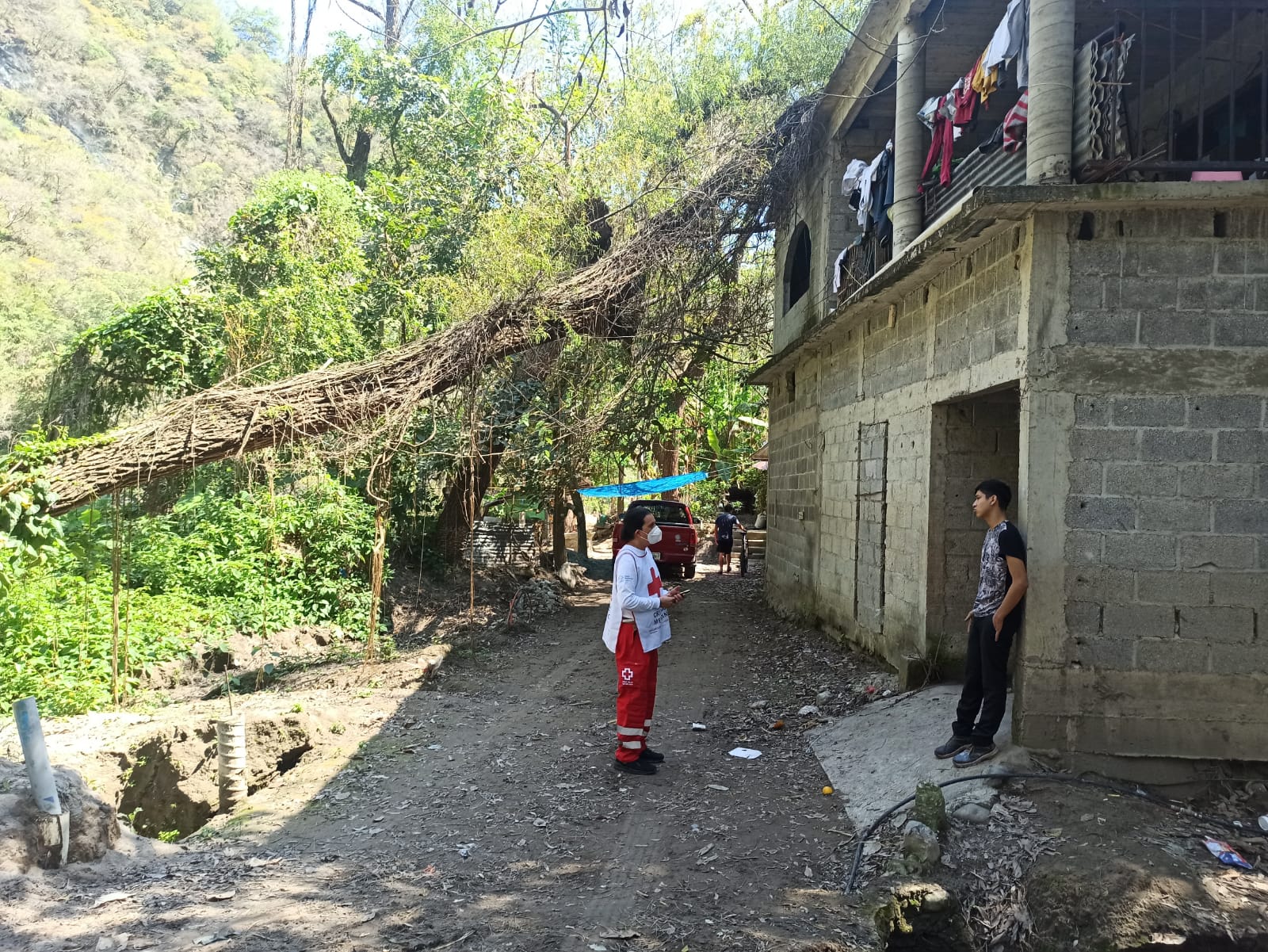
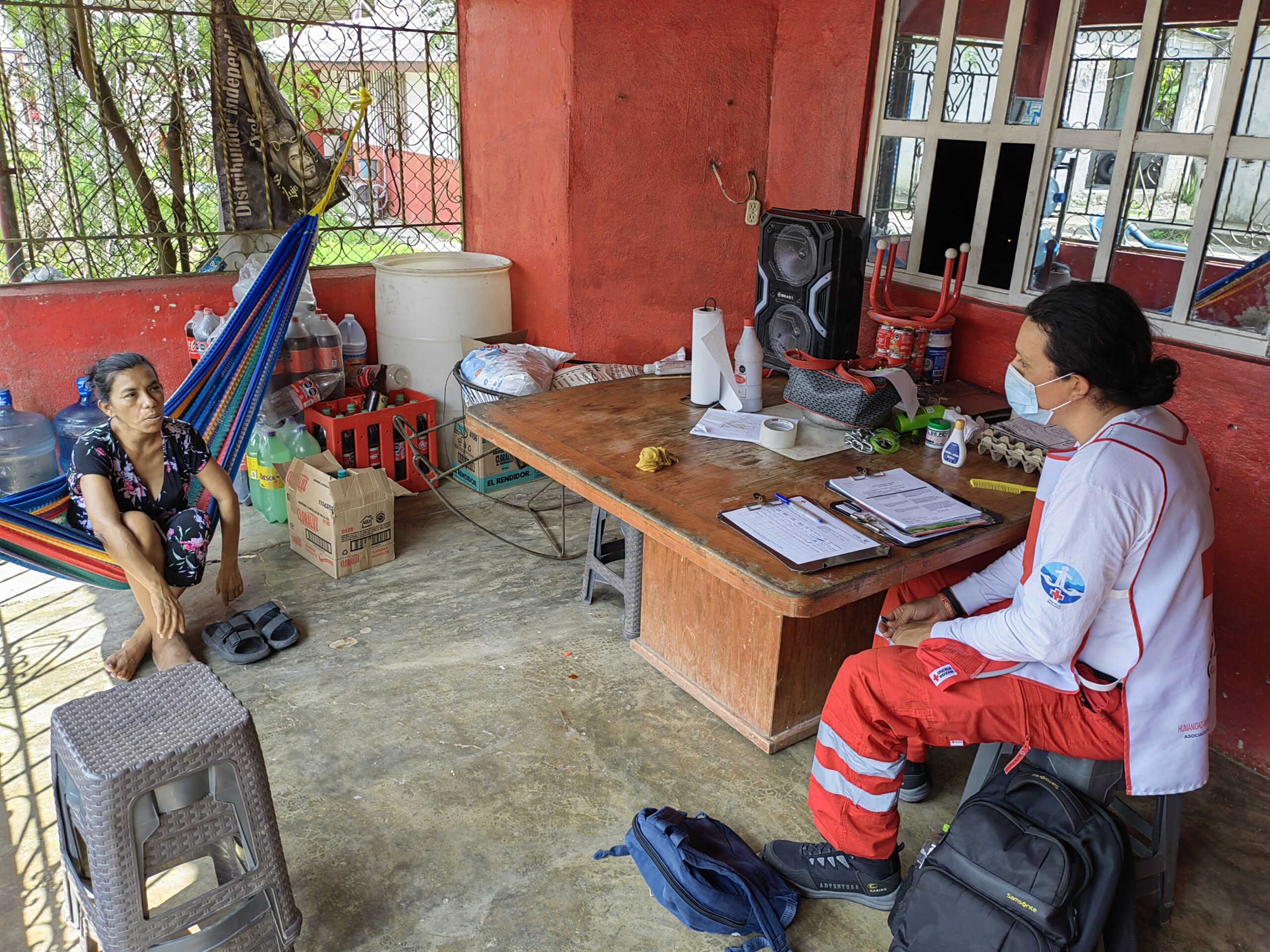
Impact and Priorities
Do you have any recent achievements or successes that you’d like to share with the rest of us? In your opinion, what helped achieve this success?
Scaling up our local resilience-building interventions by influencing national policies ensures that our approach can be expanded to many more communities in Mexico, ultimately increasing flood resilience, or community resilience more broadly, across the country. In addition, state and national governments, as well as non-governmental organizations, now recognize the expertise of the Mexican Red Cross as well as the vast experience of the personnel. For example, the community brigade methodology has been recognized by local and national authorities, even receiving the National Civil Protection Award in 2019, which has opened the door for the Mexican Red Cross to be considered as part of the National Strategy for Resilient Communities.
The experience of the community brigade approach contributed to the concept of community committees that is at the core of this National Strategy. Furthermore, as part of this strategy, a national platform has been established to support the registration of committees and to facilitate constant communication with implementing partners to raise awareness, promote and manage activities on topics related to Disaster Risk Reduction.
This important step was not achieved overnight, rather is the result of consistent relationship building with stakeholders and strong knowledge management that allowed us to document and share the impact and lessons learned of the community brigades approach.
The Flood Resilience Program represents an opportunity to explore pathways beyond our normal processes and fosters linkages with other actors, which provides a space for continuous learning and sharing.
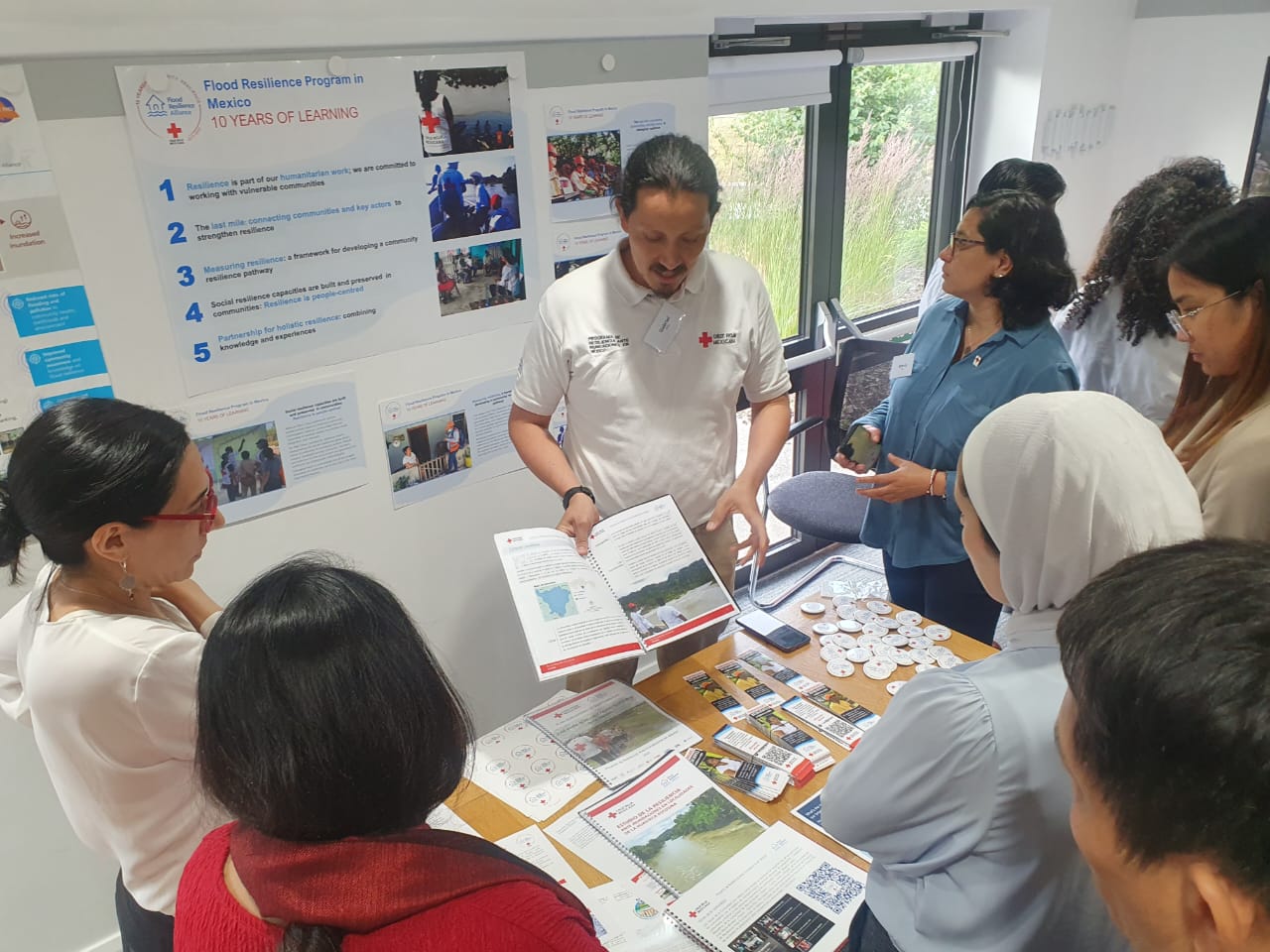
What are one or two top priorities for your team in the next 1-2 years when it comes to preparedness and risk reduction? More broadly, what do you think some of the key priorities should be for our country or globally in this area?
A key priority that we have noted, which is in fact a global trend, is the impact of climate change and the need to adapt to this. With this, it is important to generate new knowledge that allows people to identify their main risks, vulnerabilities, and priority areas for strengthening their adaptation to climate change.
During 2024, the Flood Resilience Program is transitioning to a new phase of work that expands the scope and impact of our actions. Field teams, advisors and local branches of the Mexican Red Cross are confident that the program can leverage this new stage of implementation in the coming years, incorporating new contexts and considering additional hazards and climate risks, such as heat waves.
What exciting innovations or new technologies have you seen utilized in disaster preparedness and risk reduction lately?
I believe that the use of open data technologies will enable risk management to have a local and equitable work-based approach. For example, the information that can be generated from collaborative mapping will allow local institutions to make the first decisions for risk reduction, response and prioritization of recovery actions.
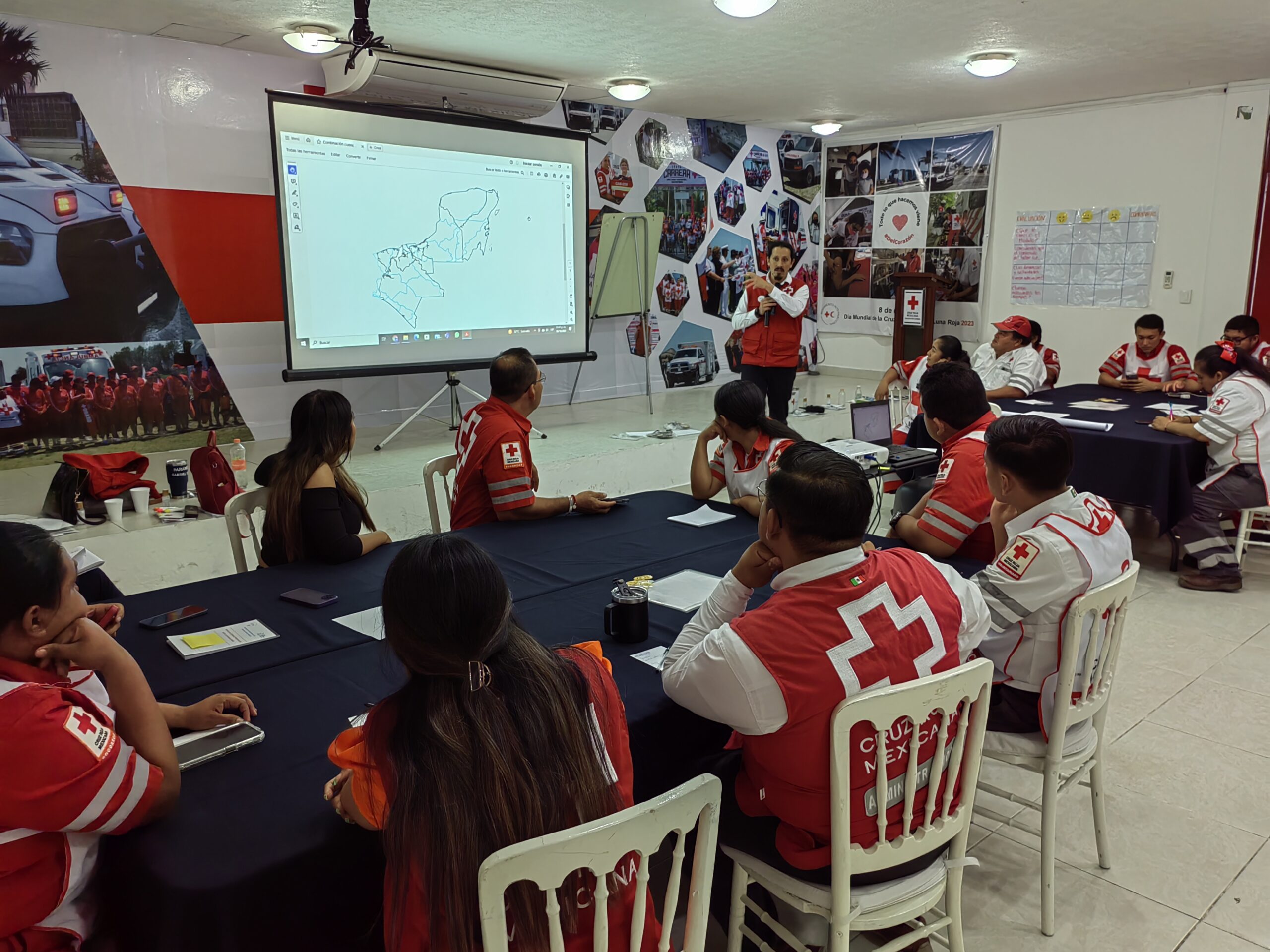
What connections or collaborations outside your National Society have been most useful?
Collaborating with the academic sector has allowed the Mexican Red Cross to broaden its scope of awareness-raising in disaster risk reduction, as well as guiding the documentation of the processes and experiences of a project, allowing it to establish its own theoretical and practical framework to share with communities, governments, and other key actors.
For example, as part of the Flood Resilience Program, we have collaborated with the Autonomous University of San Luis Potosí to carry out workshops on climate change and its impact on daily life. The Faculty of Social Sciences has specialists who have worked on the issue of climate change and one of the main objectives of the workshops was to make climate information more accessible. As a result, with support from experts, the ‘Climate Change and Daily Life’ course was designed to introduce, over four modules, basic concepts including the difference between El Niño and La Niña through case studies, the relevance of ecosystem services with a mapping activity and, finally, first aid actions for heat stroke.
What advice or a lesson from your experience would you give to colleagues in other National Societies working in this space
Community work at the local and household level generates a lot of experience and learning and allows National Societies to approach and position themselves with key actors, to give way to advocacy and networking based on the experience of project implementation locally. This advocacy and networking will allow for the sustainability of actions and lead to a significant impact on people. Therefore, I would recommend understanding how local work contributes to the bigger picture and being able to communicate that effectively through knowledge management to engage with diverse stakeholders for scaling up.
Special thanks to the Zurich Flood Resilience Alliance for their support in preparing this story.

